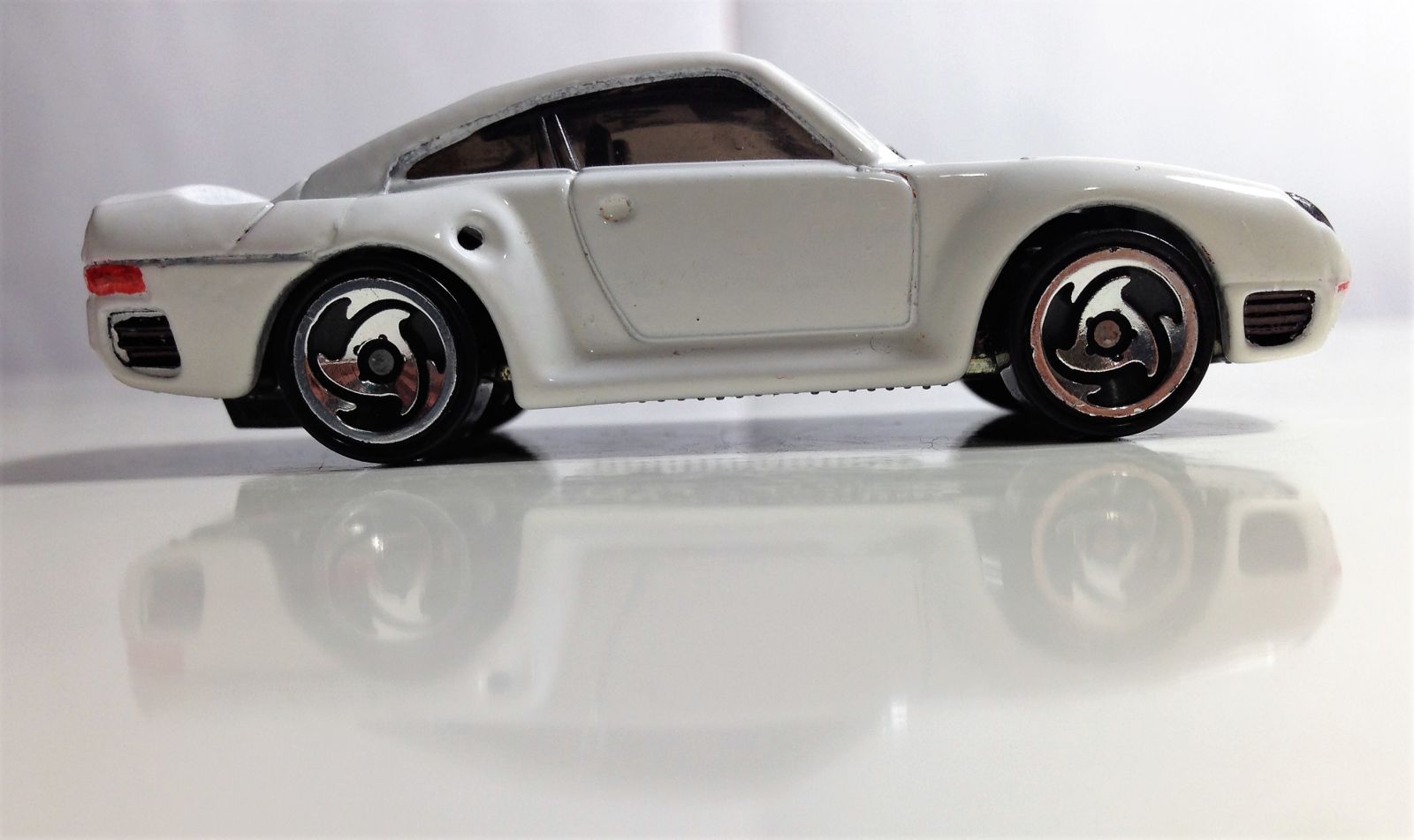
How come I never thought of posting the 959?!?!
I always feel that I don’t have enough cars to feature for Teutonic Tuesday, turns out I was just an idiot. But come to think of it, I’m glad I held off on sharing a legend til this special day.
The Porsche 959 was Porsche’s answer among other manufacturers such as Ferrari that wanted to compete in what many considered as the “golden era of rallying” the Group B. Sadly expectations fell short when the Group B came to an abrupt and tragic end, but that didn’t stop the Stuttgart marque to make the 959 their Concord moment of automobile of its time as well as salvaging the broken hope of competing in motorsport.

In the 80’s it was not only the fastest road legal production car for a short period but also the most sophisticated production car ever made. It was manufactured in the same factory and by the same people that manufactured BMW’s first supercar, the M1. Body panels such as the doors were made of lightweight Kevlar, magnesium wheels with hollowed spokes with the world’s first tire pressure monitors integrated in it. There are no less than 7 computers that cost as much as a current Mitsubishi Mirage controlling everything from how much power each wheels get from the super advanced all-wheel drive system to controlling the world’s first adaptive suspension that even F1 teams at the time were struggling to make it work. The car’s special “brains” also modulate the twin turbos by controlling the wastegates to allow exhaust flow through just one turbo at low revs and only allow exhaust to spin both turbos under high loads to provide a smoother transition of power and remove the reputation of being a “Widow Maker” that Porsche Turbos at the time are known for.
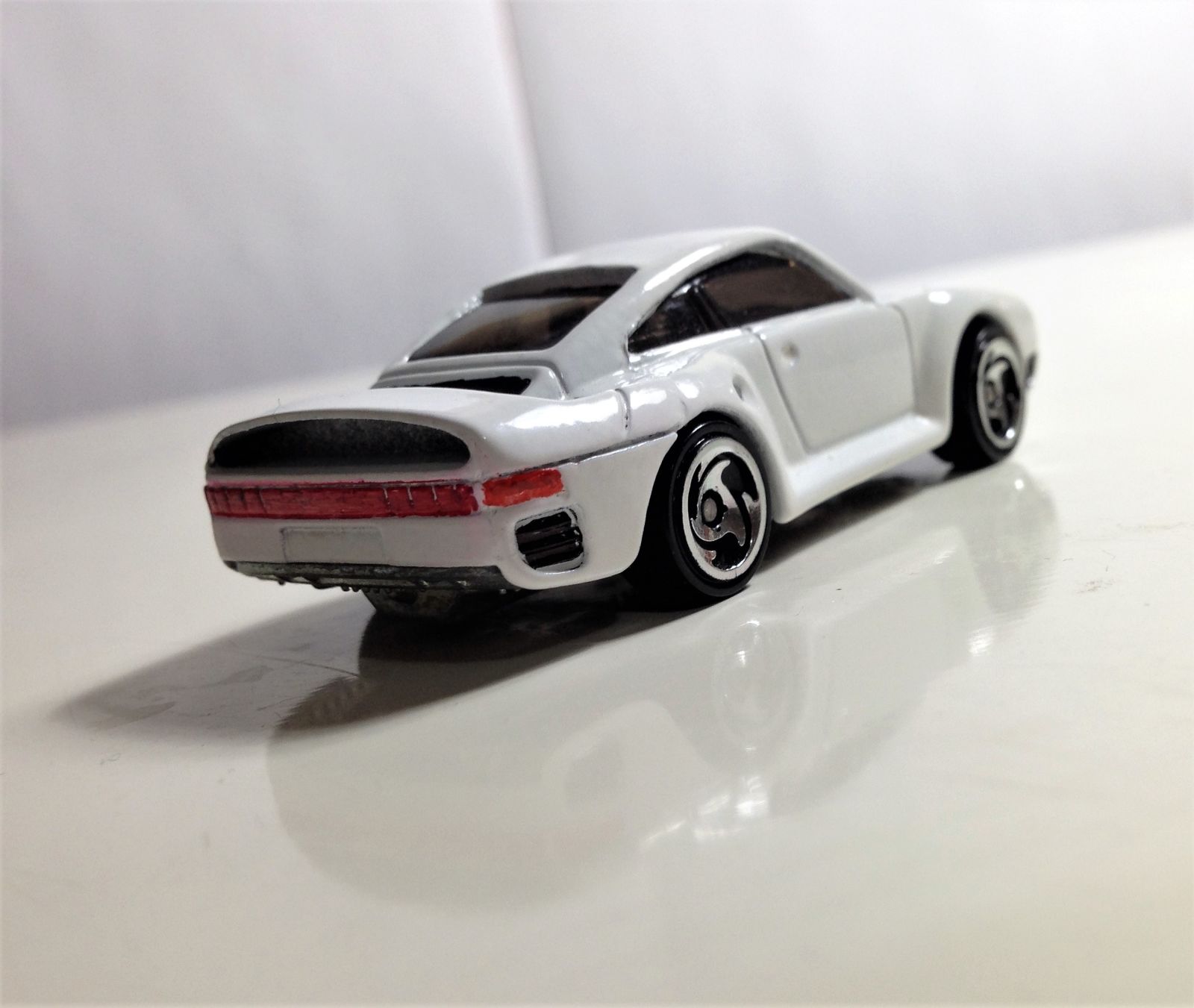
Porsche didn’t gave up on wanting to show the world the 959 was engineered to tackle the roughest terrains by entering in one of the toughest race on Earth, the Paris-Dakar rally which it won a 1-2 finish in 1986. That off-road potential is carried over in the road car with the complex suspension system that features a driver controlled lift function that can raise the car by 2 inches, impressive even in today’s term. The gearbox have an extra gear between First and Reverse indicated with a “G” for Gelande on the shiftknob that serve as a low-range gear.
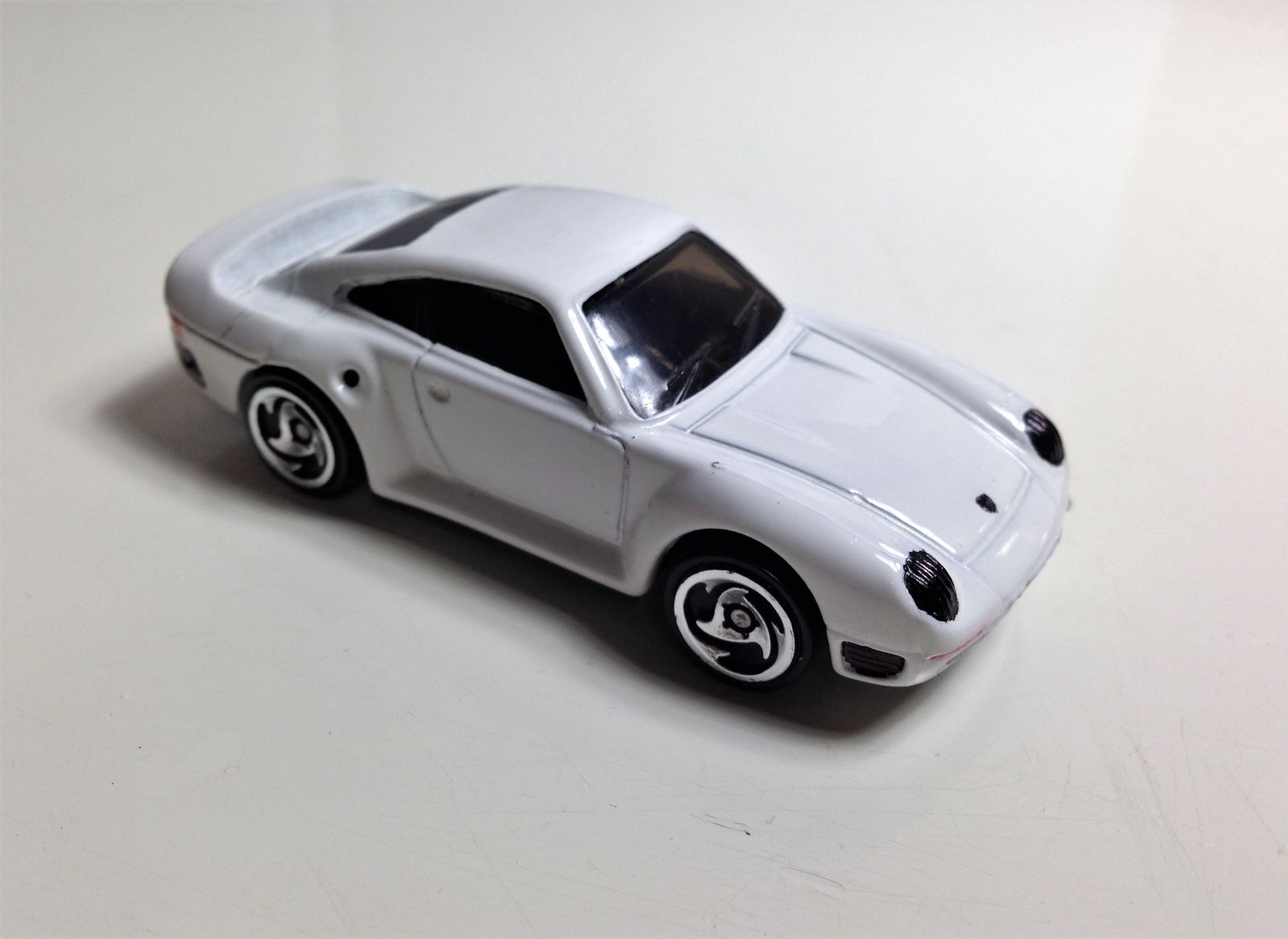
The Porsche 959 was a quantum leap for modern cars and a savior for the company. Porsche at the time was planning to do away rear engine layout in favor of front engine which was evident on the 924, 944, and 928 models which the 911, consider as the soul of the company would die with it. The 959 proved the potential of technical development on the 911's rear engine layout is plentiful and its worth keeping alive as long as the lifespan of the company. All its technological innovations accelerated development for all future Porsche 911s and other models that came after it and some of those features are just starting to appear in some mainstream cars 20+ years after. It’s incredible to think how much time and especially money Porsche invested into developing the 959, it’s no wonder that Porsche refused to donate four 959s to the NHTSA for safety evaluations by getting smashed into a concrete wall.
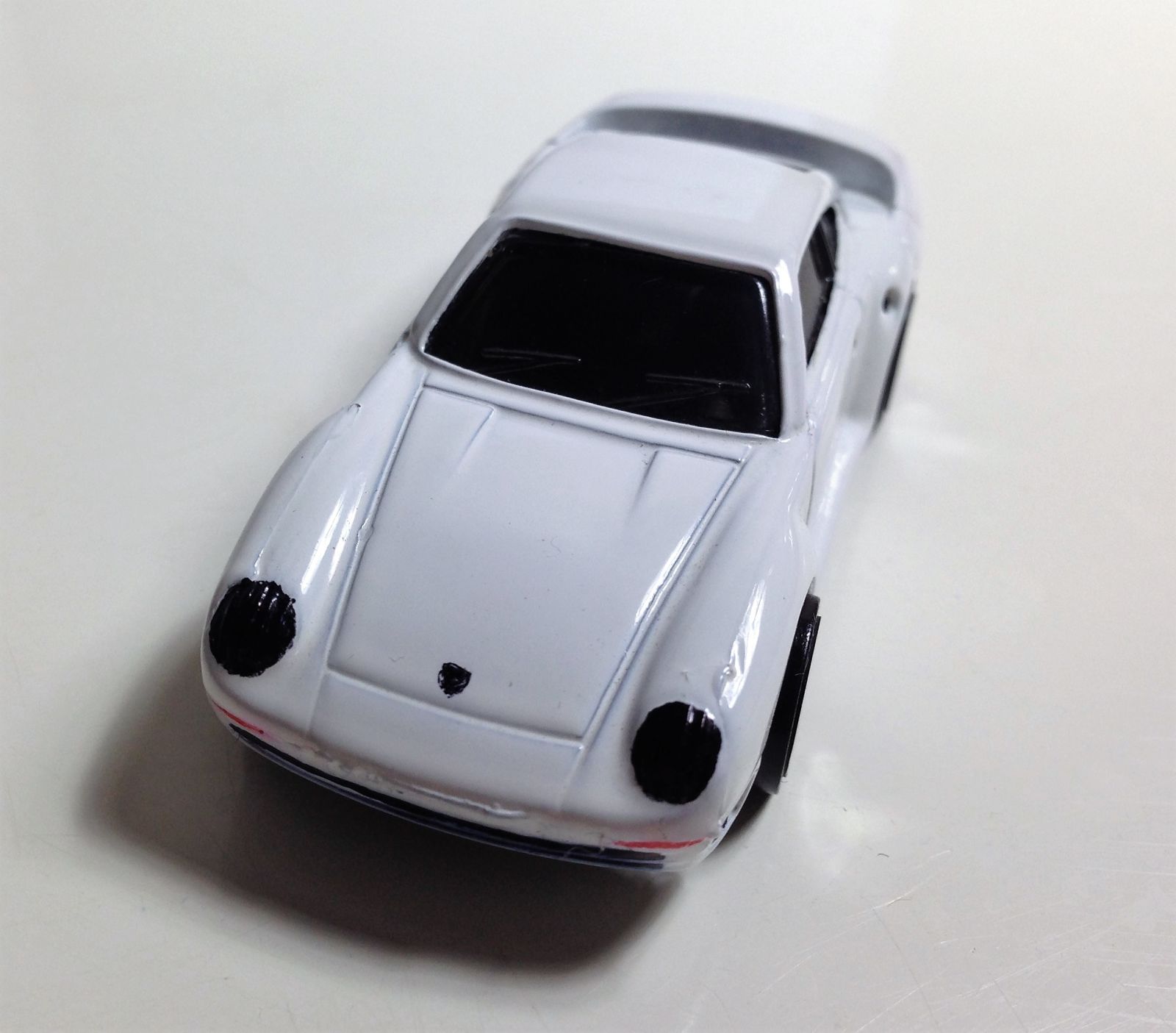
This HW example I have here wasn’t this pretty at first, it started life with obscene tampos that covered about 3/4 of the car, this is what the car looked liked before:
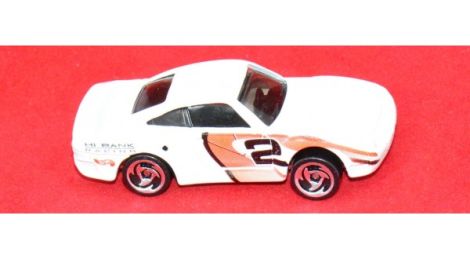
It is without a doubt, the 959 is one of the greatest cars in history.